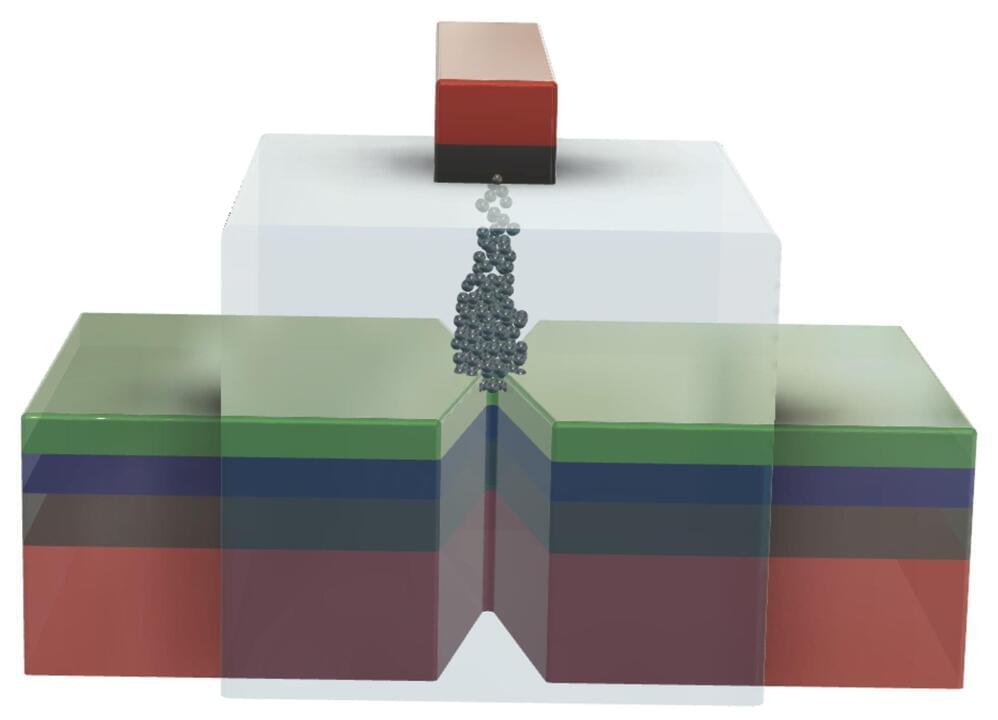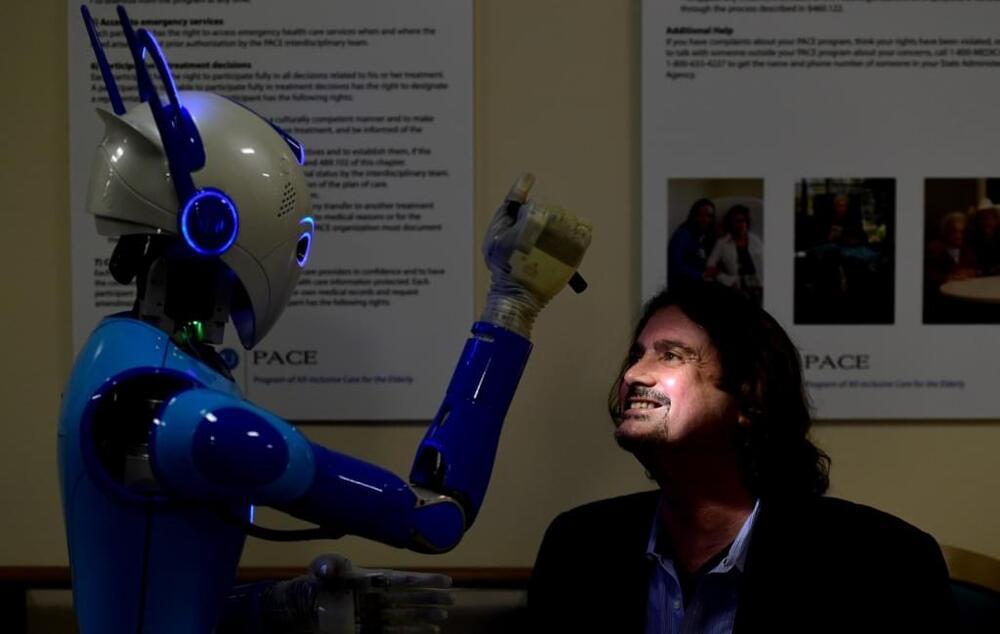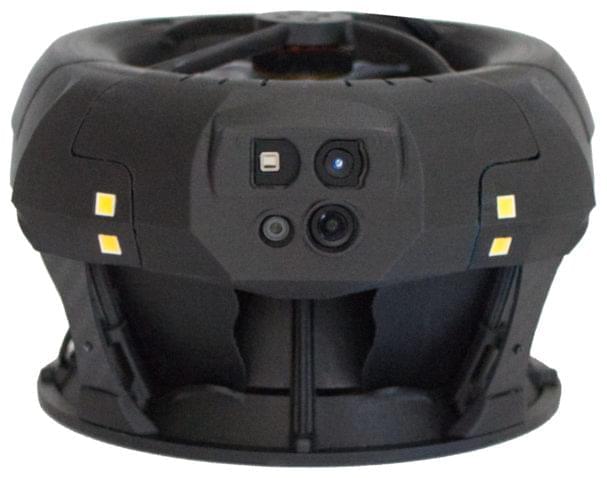Outlandish Deep Space project will seat four, have all-wheel drive and cost more than £2 million.



Researchers have developed a new approach to machine learning that ‘learns how to learn’ and out-performs current machine learning methods for drug design, which in turn could accelerate the search for new disease treatments.
The method, called transformational machine learning (TML), was developed by a team from the UK, Sweden, India and Netherlands. It learns from multiple problems and improves performance while it learns.
TML could accelerate the identification and production of new drugs by improving the machine learning systems which are used to identify them. The results are reported in the Proceedings of the National Academy of Sciences.

There’s also been a lot of interest in creating more versatile “living inks” made up of bacteria, which can be genetically engineered to do everything from deliver drugs to clean up pollutants. But so far, approaches have relied on mixing microbes with polymers that help provide the ink with some structural integrity.
Now, researchers have developed a new living ink that more closely lives up to the name by replacing the polymers with a protein made by genetically engineered E. coli bacteria. The researchers say this opens the door to seeding large-scale, living structures from nothing more than a simple cell culture.
The key to the breakthrough was to repurpose the proteins that E. coli cells secrete to stick together and form hard-to-shift biofilms. In a paper in Nature Communications, the researchers describe how they genetically engineered bacteria to produce two different versions of this protein known as a “knob” and a “hole,” which then lock together to form a robust cross-linked mesh.

Solar car can be better.
The cost of electric vehicle battery packs has fallen to $132 per kWh – continuing decades of cost improvements. However, it might go up over the next year as increased material prices are catching up to incremental cost improvements.
Price per kWh is the metric used to track the price of batteries. It can be used to talk about the cost of battery packs or battery cells.
For example, if Tesla were achieving a cost per kWh of $150 for its Model S battery pack, it would mean that the battery pack costs $15,000 since it has a capacity of 100 kWh.

Expect the semiconductor shortage to last until early 2023, Deloitte said in a new report released Wednesday. By the end of 2022, customers will still be waiting 10 to 20 weeks for multiple kinds of chips, the consulting firm predicts.
While the shortage will continue, it will be less severe, Deloitte says in its Technology, Media & Telecommunications (TMT) 2022 Predictions report. The shortage is also driving fresh investment in the industry, as demand continues to grow. Deloitte predicts that venture capital (VC) firms globally will invest more than US$6 billion in semiconductor companies in 2022. That’s more than 3x larger than VC investment in semiconductors every year between 2000 and 2016.
The ongoing shortage won’t hit the industry evenly, Deloitte notes. Chips made on the most advanced process nodes (3-, 5-, and 7-nanometer) will continue to be in short supply — they’re in high demand and the hardest to make. At the end of the day, Deloitte predicts the shortage will last 24 months before it recedes, similar to the duration of the 2008–2009 chip shortage.

B-SURE program aims to develop fundamental understanding of microbial capabilities for bioproduction in space.
DARPA announced yesterday it is taking an initial step to explore and de-risk manufacturing capabilities in space with its Biomanufacturing: Survival, Utility, and Reliability beyond Earth (B-SURE) program. https://www.darpa.mil/news-events/2021-11-22
DARPA announced yesterday it is taking an initial step to explore and de-risk manufacturing capabilities in space with its Biomanufacturing: Survival, Utility, and Reliability beyond Earth (B-SURE) program. https://t.co/Z7wVXs9MN6 pic.twitter.com/fZJj1EQUQQ
— DARPA (@DARPA) November 23, 2021
The top 10 emerging technologies include self-fertilizing crops, on-demand drug manufacturing, breath-sensing diagnostics and 3D-printed houses. Check the full list of emerging tech.

Research has long strived to develop computers to work as energy efficiently as our brains. A study, led by researchers at the University of Gothenburg, has succeeded for the first time in combining a memory function with a calculation function in the same component. The discovery opens the way for more efficient technologies, everything from mobile phones to self-driving cars.
In recent years, computers have been able to tackle advanced cognitive tasks, like language and image recognition or displaying superhuman chess skills, thanks in large part to artificial intelligence (AI). At the same time, the human brain is still unmatched in its ability to perform tasks effectively and energy efficiently.
“Finding new ways of performing calculations that resemble the brain’s energy-efficient processes has been a major goal of research for decades. Cognitive tasks, like image and voice recognition, require significant computer power, and mobile applications, in particular, like mobile phones, drones and satellites, require energy efficient solutions,” says Johan Åkerman, professor of applied spintronics at the University of Gothenburg.

TRU Community Care in Lafayette was the host to the unveiling of a brand new technology in the medical field — a humanoid robot that can perform basic medical tasks.
Beyond Imagination, an AI company based out of Colorado Springs, visited the Lafayette hospice center to test out the robot, named BEOMNI.
“We are excited that TRU sees the almost limitless potential of our humanoid robots in health care and has agreed to run this first pilot study with us. We look forward to partnering with them to bring a highly effective solution to market,” said inventor and CEO Dr. Harry Kloor.

For scanning underground structures and caves. Maybe scanning buildings, and doing security stuff, but doors would be a problem. Also too loud, but would be a nice start point for an Ion Drive flight system.
By Jim Magill
Looking like a micro-sized version of the Death Star, the Dronut X1, which Boston-based start-up Cleo Robotics released for commercial use earlier this month, is the first professional-grade bi-rotor ducted-fan drone – a drone without exposed rotor blades – built to conduct inspections in close-quartered and hazardous environments.
Its unique design, featuring hidden propellers and rounded form, means the Dronut is collision-tolerant and can be operated near sensitive equipment, Cleo Robotics’ CEO and co-founder Omar Eleryan said in an interview.